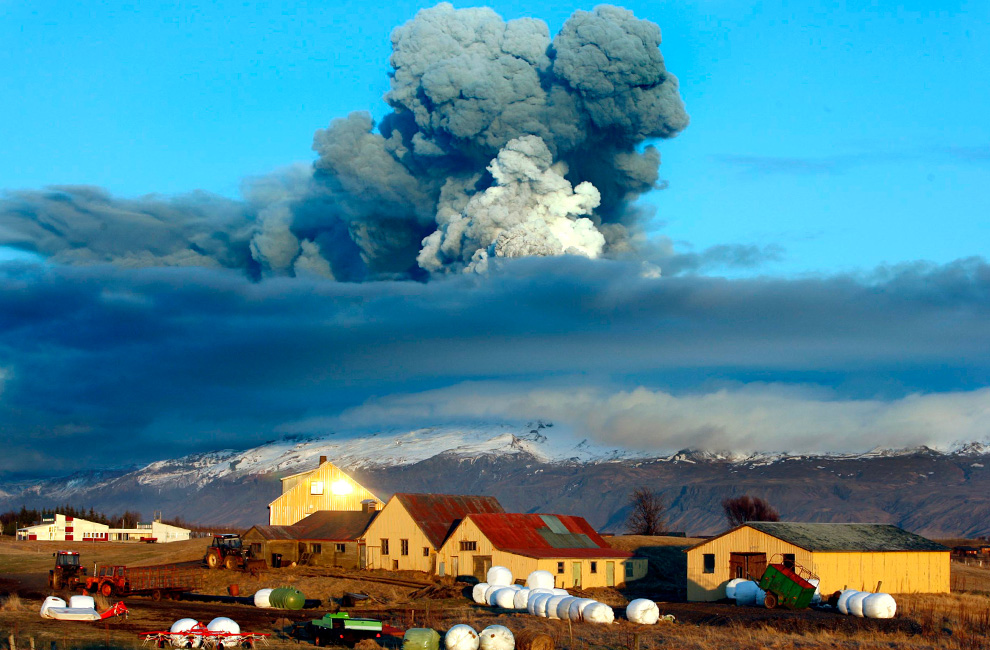Nowadays its becoming borderline impossible to get through a day without hearing or seeing some sort of healthy-eating message, designed to promote health and wellness strategies for anyone who's paying attention. This broadly represents a very positive trend with the immense potential to positively impact the health of our society as a whole.
Some experts are beginning to speculate, however, that these messages are being translated into suboptimal nutrition practices for those who, arguably, need it most - our growing infants & toddlers. A recent
government-run study in London found that many nursery-school type programs were insufficiently meeting the nutrition needs of children enrolled, despite seemingly thorough efforts to provide balanced menus. Some of the common problems were high levels of salt, portion sizes, and a lack of carbohydrates in the daily diet.
It is important for parents and caregivers to be aware that children have unique nutritional needs, which vary greatly from those of adults. Some key diet notions for aduts can be counterproductive in chidren - even harmful. Here are some points to remember when considering nutrition for infant's and toddlers:
- Keep it whole. Most adults have the tendency to reach for low-fat or non-fat milk due to the potential health consequences of ingesting high levels of the saturated fat that's found in whole milks. This is not okay for infants and toddlers! Kids tend to burn more fat than adults, as they are rapidly growing and need many types of fats to build new thoughts, skills, muscles, and cells. The American Academy of Pediatrics recommends that children not be given low-fat milk until age 2.
Note: If you choose not to give your child cow's milk, other options (soy, almond, rice) can be substituted - talk to your pediatrician about finding the right balance of protein, vitamin D, and calcium within these products so you can figure out which brands and serving sizes are right for your child.
- Keep the fiber for yourself. A high-fiber diet is recommended for adults for optimal gastrointestinal function, prevention of colon cancer, and keeping our bellies full and our blood sugar stable. However, young children who consume too much fiber may be at risk for getting full too quickly, leaving less room for the calories and nutrients they require from other sources. The study (above) showed that children were often overloaded with fruits and vegetables - with the best intentions. Kids this age should adhere to the 5 fruits and vegetable servings per day recommendation, but their portions should be much smaller than an adults.
- Avoid the fake stuff. Sometimes low or non-fat products are reflavored with artificial sweetners in order to make up for the lost fat. In general, artificial sweetners should not be part of a child's diet, especially in the infant and toddler years. Carefully monitor the ingredients list on any purchased products, avoiding ingredients like
aspartame, nutrasweet, sucralose, and
neotame.
- Red meat deserves a chance. If your baby is a practicing carnivores, red meat is not always a bad idea. While we adults should, in fact, limit our consumption of red meat for various reasons, it can be the primary source of iron for an infant or toddler. Iron-deficiency anemia is relatively common in this age group and needs to be prevented through diet. Vegetarians and vegans will need to carefully monitor their children's iron intake in order to establish appropriate diets and supplementation (if needed).
With the recent surge in childhood obesity, it is equally important to be sure our attention remains balanced between these children and those who may be on the other side of the spectrum of adequate nutrition. For more information on infant and toddler nutrition requirements, check out the NIH recommendations
here.






